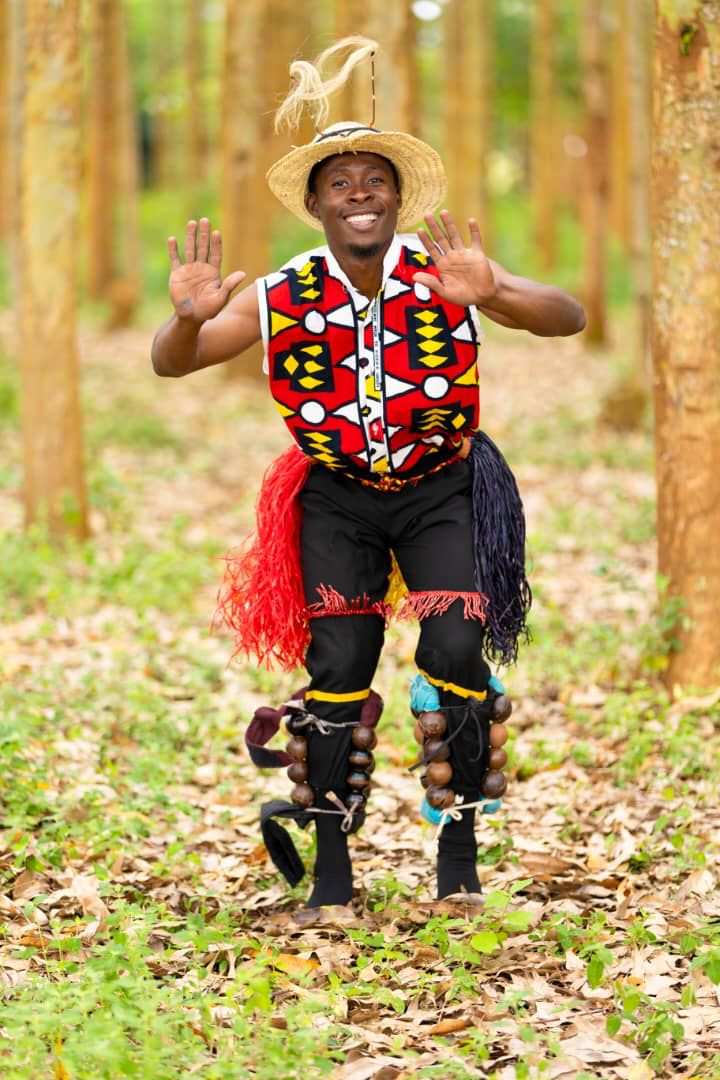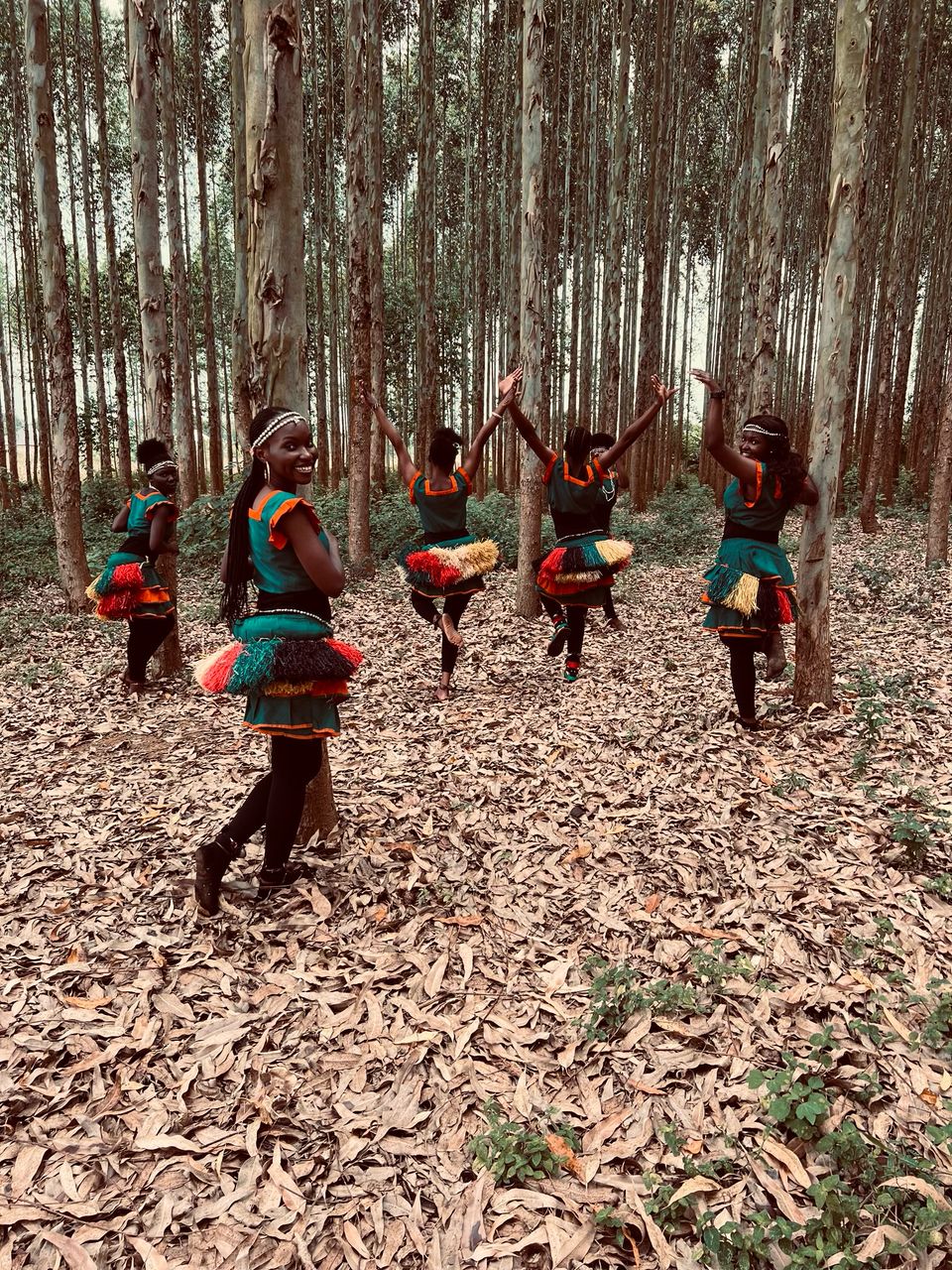
How traditional dance forms are being preserved and reimagined for contemporary audiences. Discover the delicate balance between honoring ancestral movement traditions and creating meaningful artistic expressions for today's world.
Living Heritage in Movement
Dance has always been more than entertainment—it's a living archive of cultural knowledge, spiritual beliefs, and community values. In many African traditions, dances encode historical events, celebrate lifecycle rituals, and connect the community to ancestral wisdom. But as societies change and globalization accelerates, many traditional dance forms face the threat of being forgotten or reduced to simplified tourist attractions.
At Ubuntu Rhythm Fusion Foundation, we approach cultural preservation not as a static museum exercise but as a dynamic, evolving practice. We believe that for traditions to remain relevant, they must breathe and grow while maintaining their core integrity and meaning.
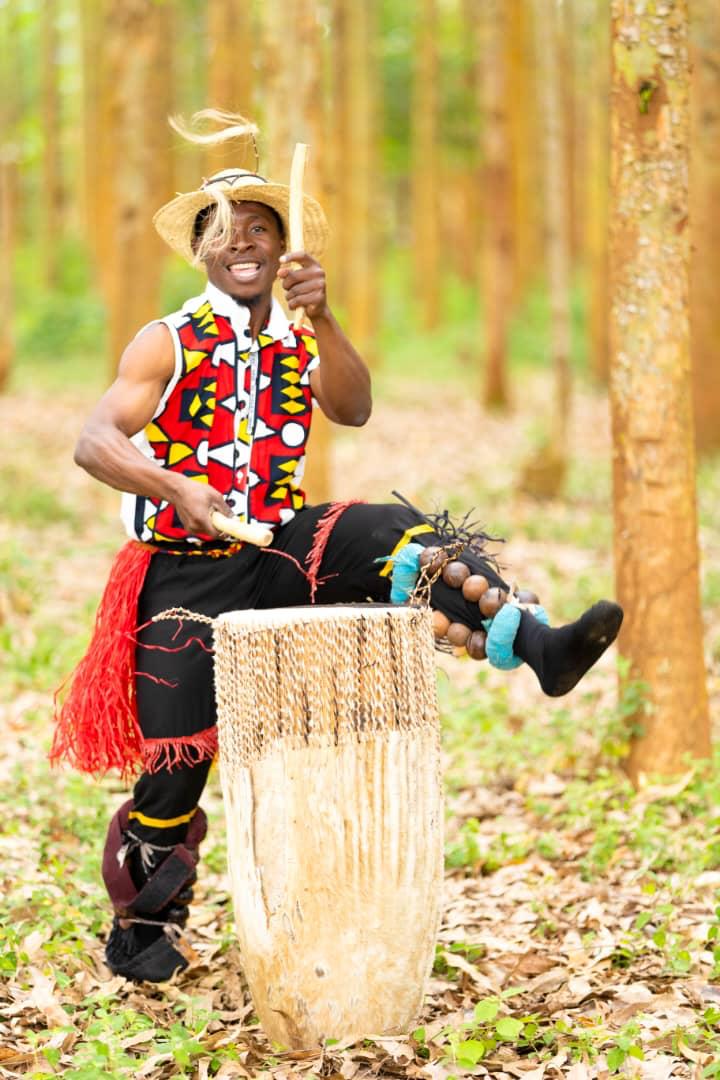
Documentation and Research: The Foundation of Preservation
Our preservation work begins with meticulous documentation. We collaborate with elders and culture bearers to record not just the movements of traditional dances, but the contexts, meanings, and oral histories associated with them. This past year, our research team spent three months in rural communities across Uganda, South Africa, and Ghana, recording over 50 hours of interviews and dance demonstrations.
Elder dancer Mama Nkazimulo shared with us: "These dances are our books—they tell the stories of who we are and where we come from. When young people learn these movements, they are not just moving their bodies; they are speaking with their ancestors."
Transmission: Connecting Generations
Documentation alone cannot preserve living traditions—they must be transmitted to new generations. Our Cultural Heritage Dance Program creates intentional spaces where young dancers can learn directly from master teachers. Unlike conventional dance classes, these sessions emphasize not just technique but the cultural contexts and origin stories behind each movement.
Twenty-four-year-old dancer Thabo describes the difference: "In other dance classes I've taken, we just learned steps. Here, I learn why we stomp the ground in this particular rhythm—it's to awaken the ancestors and ask for their blessing. That changes everything about how I approach the movement."
"Our bodies remember what our minds forget. In the muscle memory of dance, we carry thousands of years of cultural wisdom. Every time a young person learns a traditional dance, a thread is woven that connects past to future."
Innovation: Breathing New Life Into Tradition
Preservation doesn't mean freezing traditions in time. For cultural expressions to remain vital, they must speak to contemporary realities while honoring their roots. Our Cultural Fusion initiatives create space for respectful innovation—where traditional forms can be in conversation with contemporary artistic expressions.
In our recent production "Roots & Wings," traditional Zulu dance movements were interwoven with contemporary choreography to tell a story of migration and belonging that resonates with today's youth. The production sold out all twelve performances and sparked meaningful intergenerational conversations about cultural identity.
Choreographer Nomsa Dlamini explains the approach: "We don't change the core vocabulary of the traditional movements—those are sacred. But we might place them in new contexts, or create transitions between different traditional forms that wouldn't historically have been performed together. It's like speaking an ancient language but forming new sentences that address today's questions."
Digital Preservation: Expanding Access
While nothing replaces the embodied experience of learning dance in community, digital tools offer new possibilities for preservation and access. We're creating a digital archive of traditional dance forms that will be accessible to communities worldwide, with careful protocols around sacred or ceremonial content.
Our youth ambassadors are also exploring how social media can be harnessed for cultural preservation. Twenty-two-year-old Zinhle has created a series of TikTok videos that pair traditional dance movements with contemporary music, reaching millions of viewers. "Young people scroll past anything that looks like a history lesson," she explains, "but when they see these movements with music they recognize, they stop and engage. Then I can share the stories behind the moves."
Challenges and the Path Forward
Cultural preservation through dance faces numerous challenges—from limited funding to the pull of commercial entertainment that often oversimplifies cultural expressions. Perhaps the greatest challenge is finding the balance between preservation and evolution—honoring the integrity of traditions while allowing them to remain relevant to new generations.
As we look ahead, we're expanding our preservation efforts through several initiatives:
- A "Dance Elders" residency program that brings master teachers to urban centers
- Youth cultural immersion camps in rural communities
- Collaborative performances that pair traditional and contemporary dancers
- An expanded digital archive with educational resources for schools
Through these efforts, we hope to ensure that the rich heritage embodied in traditional dance forms doesn't just survive but thrives—continuing to tell the stories of our communities for generations to come.
To support our cultural preservation initiatives or to learn more about traditional dance forms, visit our Cultural Exchange Program page or contact our preservation team at ubunturhythmfusion@gmail.com.
Share this article
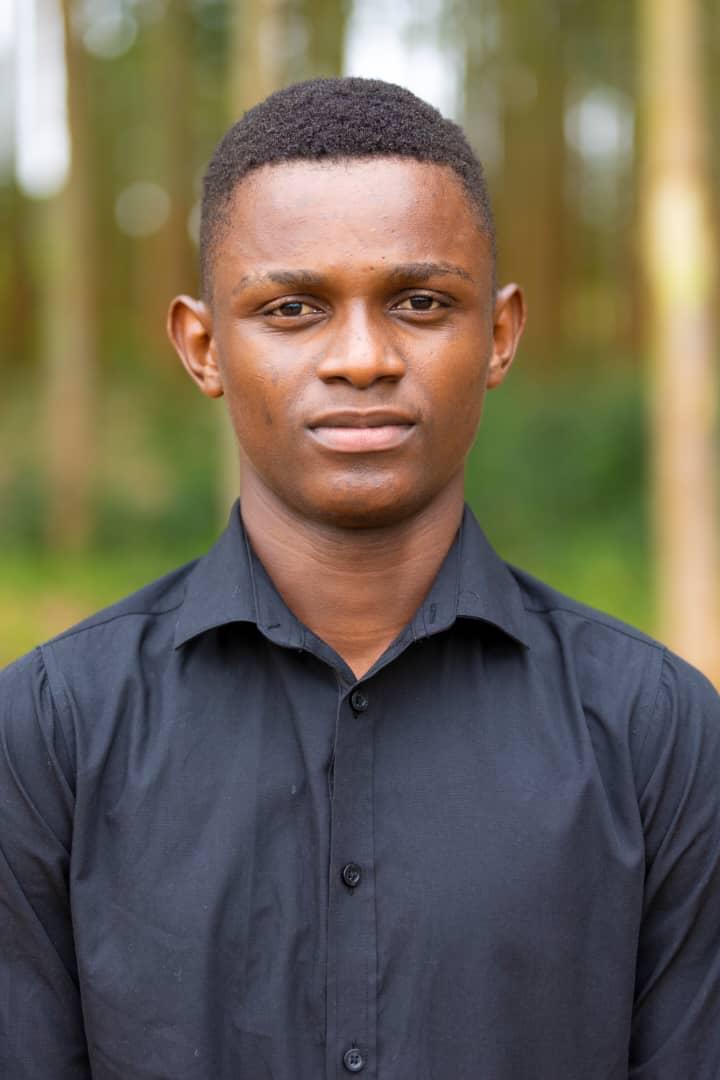
Themba Moyo
Dance Preservation Specialist
ubunturhythmfusion@gmail.com
Themba has dedicated over 15 years to researching and teaching traditional African dance forms. With formal training in both dance anthropology and performance, he leads our cultural preservation initiatives and mentors young dancers in traditional techniques.
Related Articles
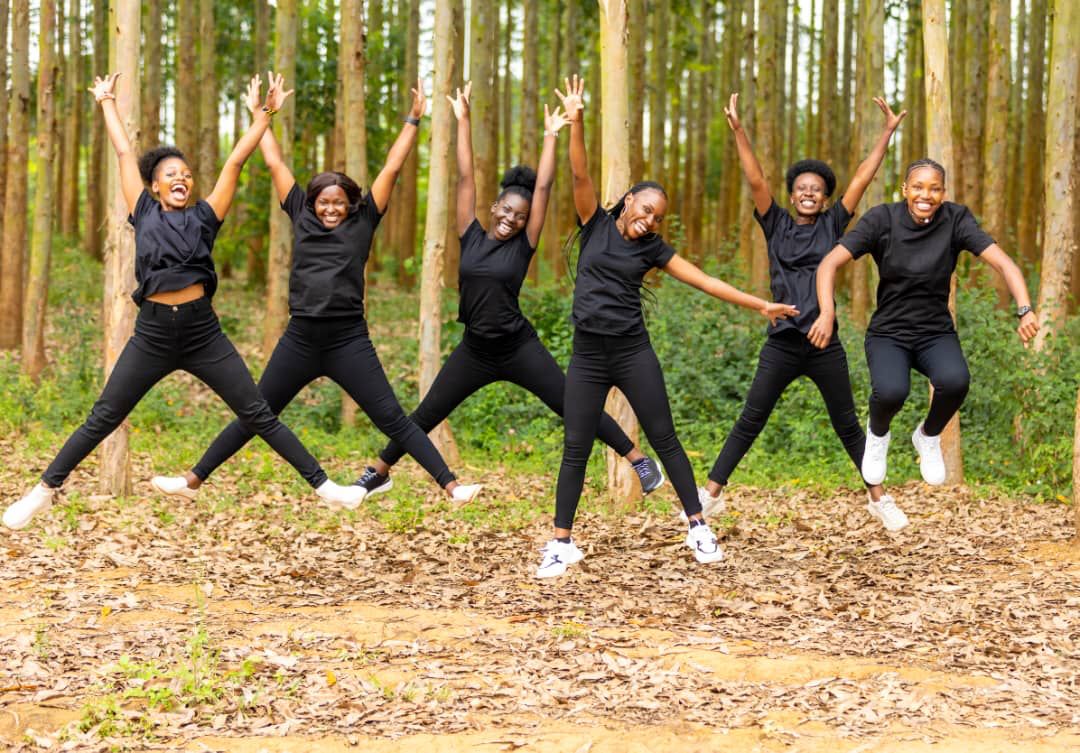
The Power of Ubuntu in Cultural Exchange
Read Article